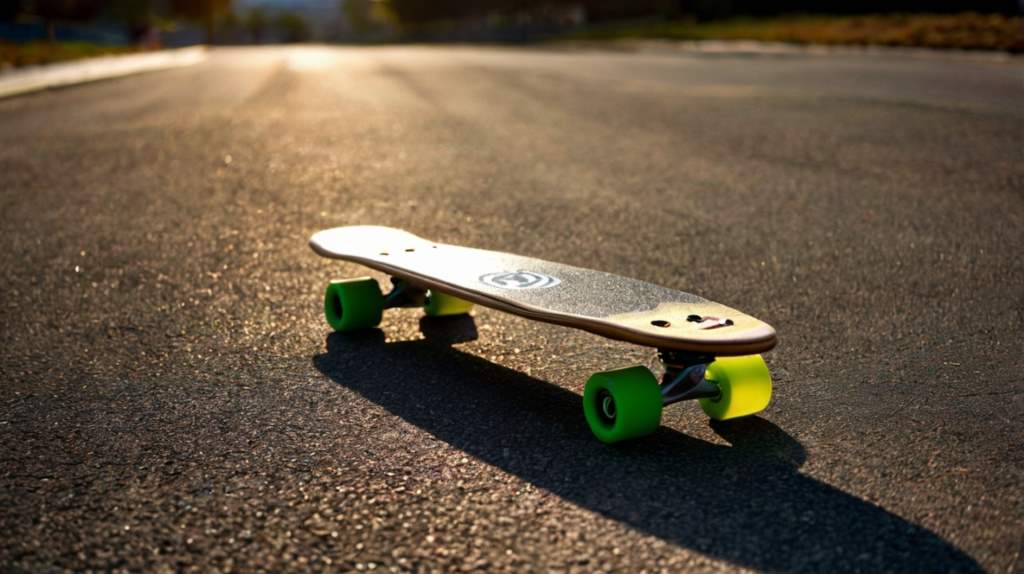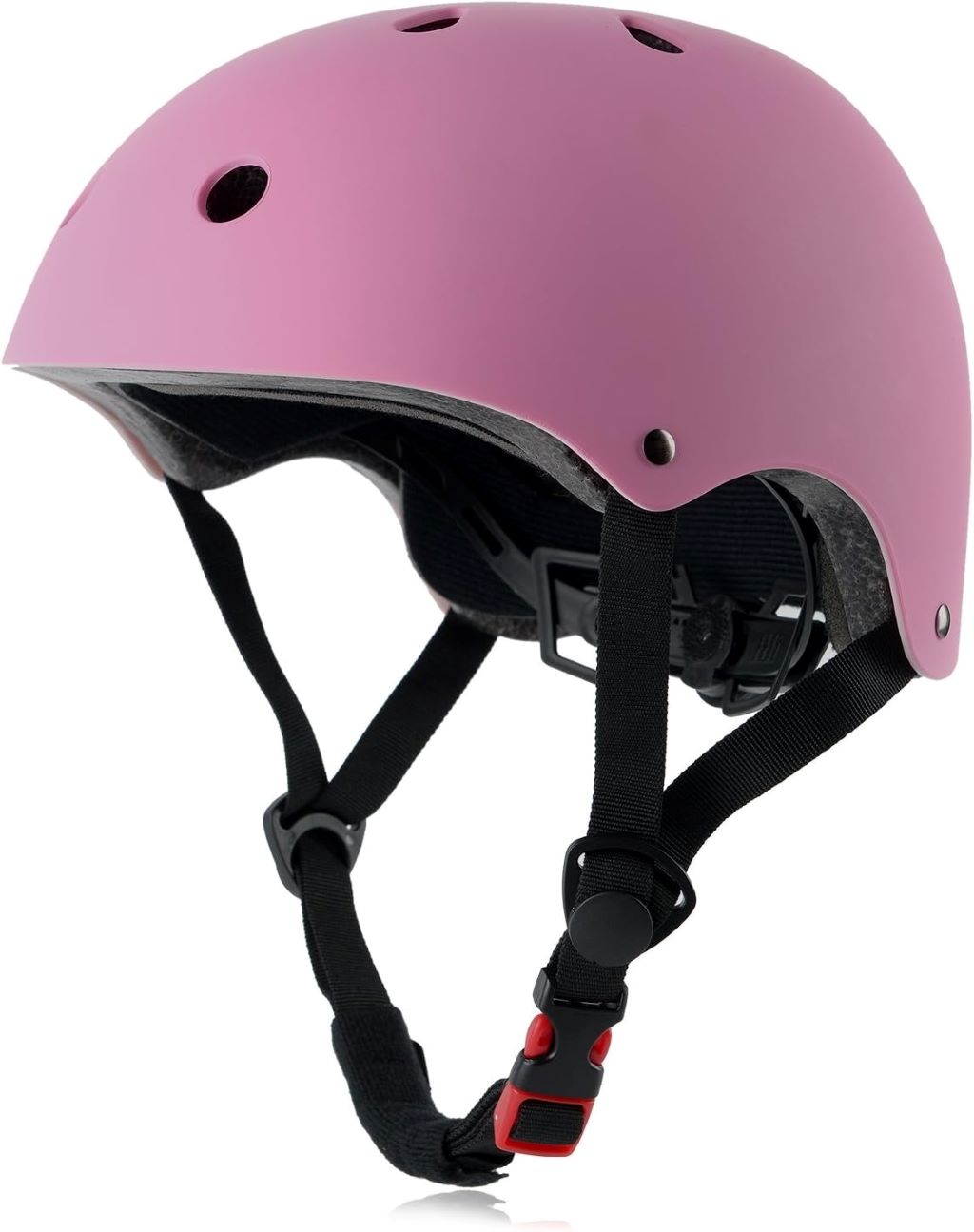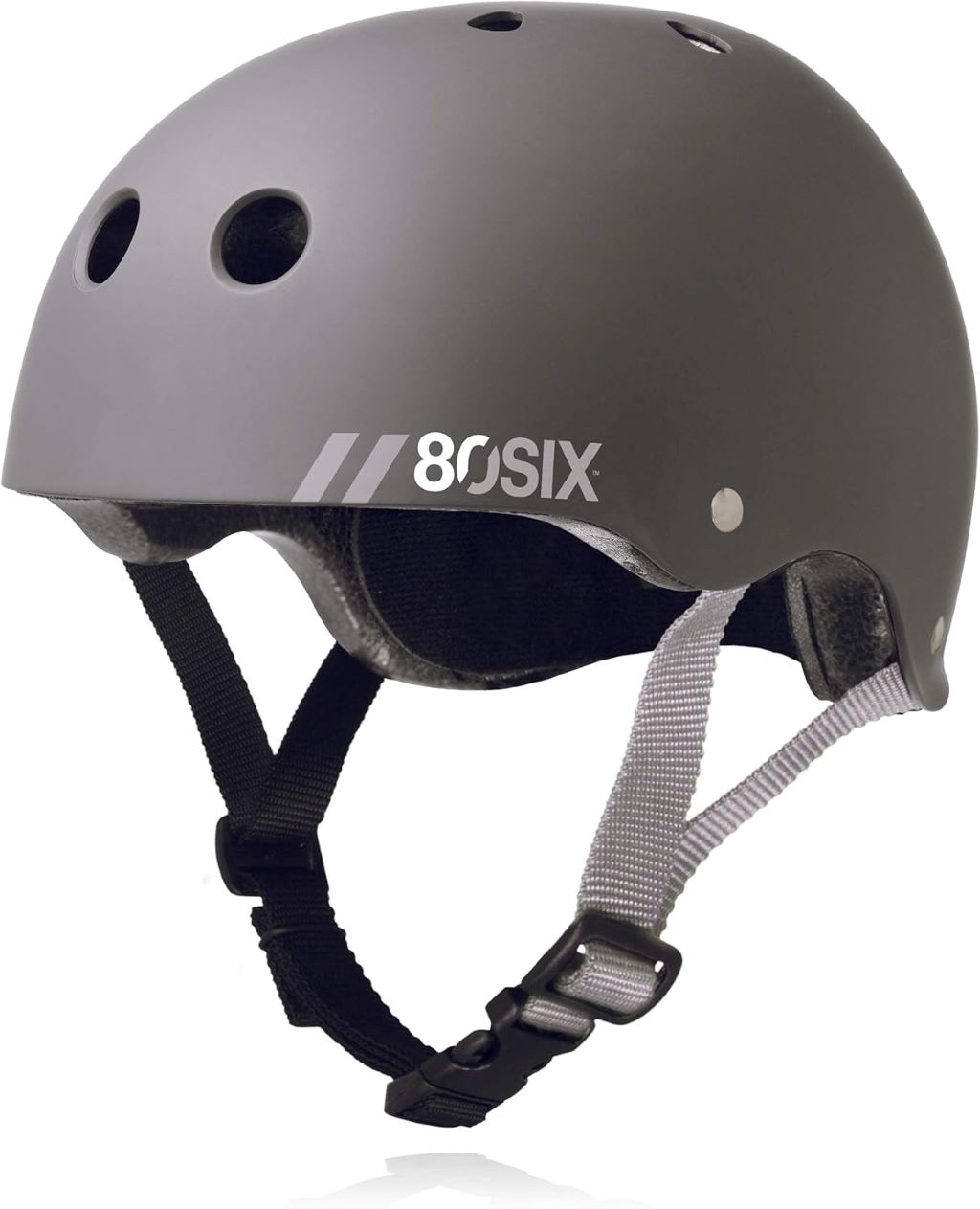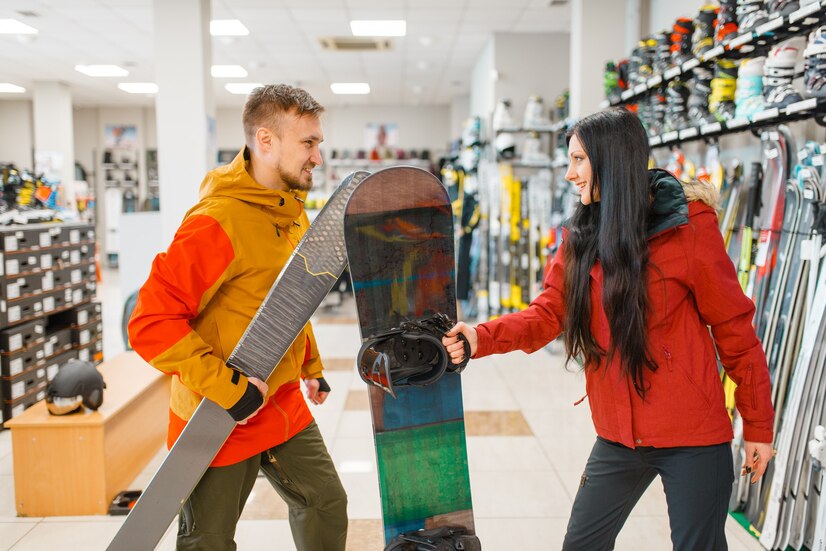Ever found yourself staring at a wall of longboard wheels, feeling like you’re trying to decipher an ancient language? You’re not alone. Choosing the right wheels for your longboard can feel like a daunting task, but it doesn’t have to be. Let’s break it down together, step by step, so you can roll away with confidence.
Why Wheels Matter
Wheels are the unsung heroes of your longboard setup. They determine how smooth your ride is, how fast you can go, and how well you can handle different terrains. Think of them as the shoes of your board. Just like you wouldn’t wear flip-flops to a marathon, you wouldn’t want the wrong wheels for your longboarding adventures.
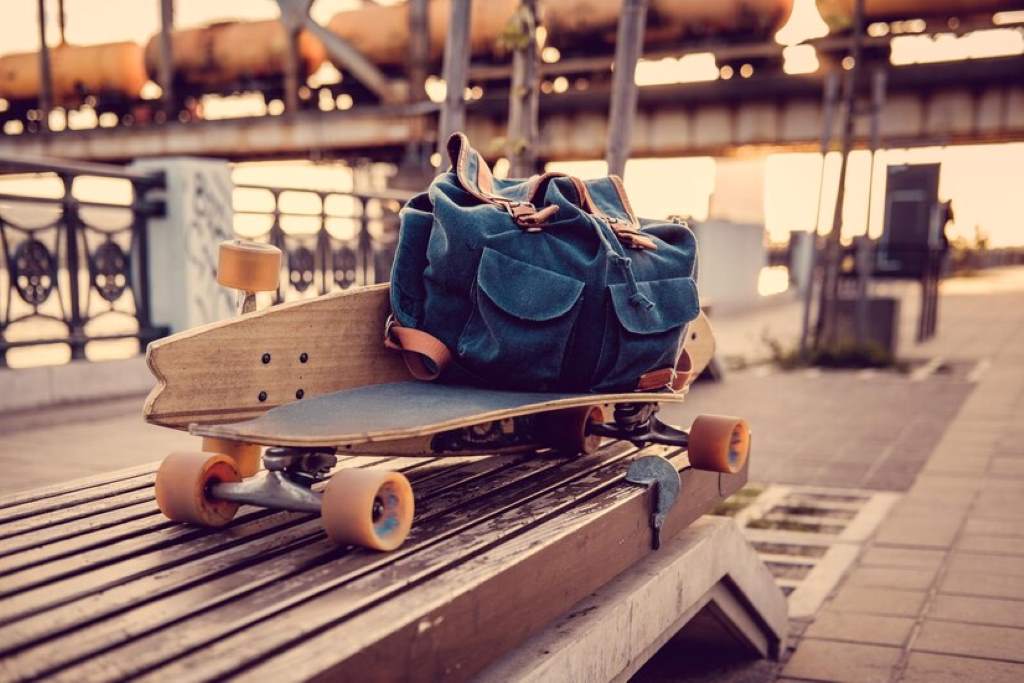
Types of Longboard Wheels
Cruising Wheels
Cruising wheels are like the comfy sneakers of the longboarding world. They’re designed for smooth rides on flat surfaces. Typically, these wheels are larger and softer, which means they can absorb more bumps and cracks on the road. If you’re planning to use your longboard for commuting or casual rides around town, cruising wheels are your best bet.
Downhill Wheels
Downhill wheels are the racing spikes. They’re built for speed and stability. These wheels are usually harder and have a larger contact patch, which gives you more grip when you’re bombing down hills. If you’re an adrenaline junkie who loves the thrill of high speeds, downhill wheels will keep you glued to the pavement.
Freeride Wheels
Freeride wheels are the versatile all-rounders. They strike a balance between grip and slide, making them perfect for riders who like to mix things up. Whether you’re carving down a hill or sliding around corners, freeride wheels give you the flexibility to do it all.
Sliding Wheels
Sliding wheels are the drift kings. They’re designed to break traction easily, allowing you to perform slides and drifts with ease. These wheels are typically harder and have a rounded edge, which reduces grip and makes sliding smoother. If you love the feeling of your board gliding sideways, sliding wheels are your go-to.
Wheel Size and Durometer
Size Matters
Wheel size is measured in millimeters (mm) and can range from small (around 60mm) to large (over 100mm). Smaller wheels are lighter and accelerate faster, but they can struggle with rough terrain. Larger wheels, on the other hand, roll over obstacles more easily and maintain speed better, but they can be heavier and slower to accelerate.
The Durometer Scale
The durometer scale measures the hardness of the wheels, usually denoted by a number followed by an “A” (e.g., 78A). Softer wheels (lower numbers) provide more grip and a smoother ride, while harder wheels (higher numbers) offer less grip but more speed and durability. Your choice depends on your riding style and the surfaces you’ll be riding on.
Core Placement and Shape
Core Placement
The core of the wheel is where the bearings sit, and its placement can affect your ride. Centerset cores are placed in the middle of the wheel, offering a balanced ride and even wear. Offset cores are slightly off-center, providing more grip and easier slides. Sideset cores are placed near the edge, giving maximum grip but wearing out faster.
Wheel Shape
Wheel shape can also influence your ride. Square-edged wheels offer more grip, making them ideal for downhill and cruising. Rounded-edged wheels are better for sliding and freeriding, as they break traction more easily.
Choosing the Right Wheels for You
Consider Your Riding Style
Your riding style is the biggest factor in choosing the right wheels. Are you a speed demon who loves downhill racing? Or do you prefer cruising around town? Maybe you’re into freestyle tricks and slides. Knowing your style will help you narrow down your options.
Think About the Terrain
The terrain you’ll be riding on is another important consideration. Smooth pavement, rough roads, and steep hills all require different types of wheels. Make sure to choose wheels that can handle the surfaces you’ll encounter most often.
Don’t Forget About Aesthetics
Let’s be honest, looks matter too. Longboard wheels come in a variety of colors and designs, so you can choose ones that match your board and personal style. After all, your longboard is an extension of you, so why not make it look good?
Maintenance Tips
Keep Them Clean
Dirty wheels can affect your ride quality and wear out faster. Regularly clean your wheels with soap and water to remove dirt and grime. Make sure to dry them thoroughly before putting them back on your board.
Rotate Your Wheels
Just like car tires, longboard wheels can wear unevenly. Rotating your wheels regularly can help them wear more evenly and last longer. Swap the front wheels with the back wheels and flip them around to ensure even wear.
Check for Damage
Inspect your wheels regularly for cracks, flat spots, or other damage. Damaged wheels can affect your ride and even be dangerous. If you notice any issues, it’s time to replace them.
Conclusion
Choosing the right longboard wheels doesn’t have to be a mystery. By understanding the different types of wheels, their sizes, durometers, core placements, and shapes, you can find the perfect set for your riding style and terrain. Remember to maintain your wheels to keep them in top condition and enjoy a smooth, safe ride. Happy longboarding!

